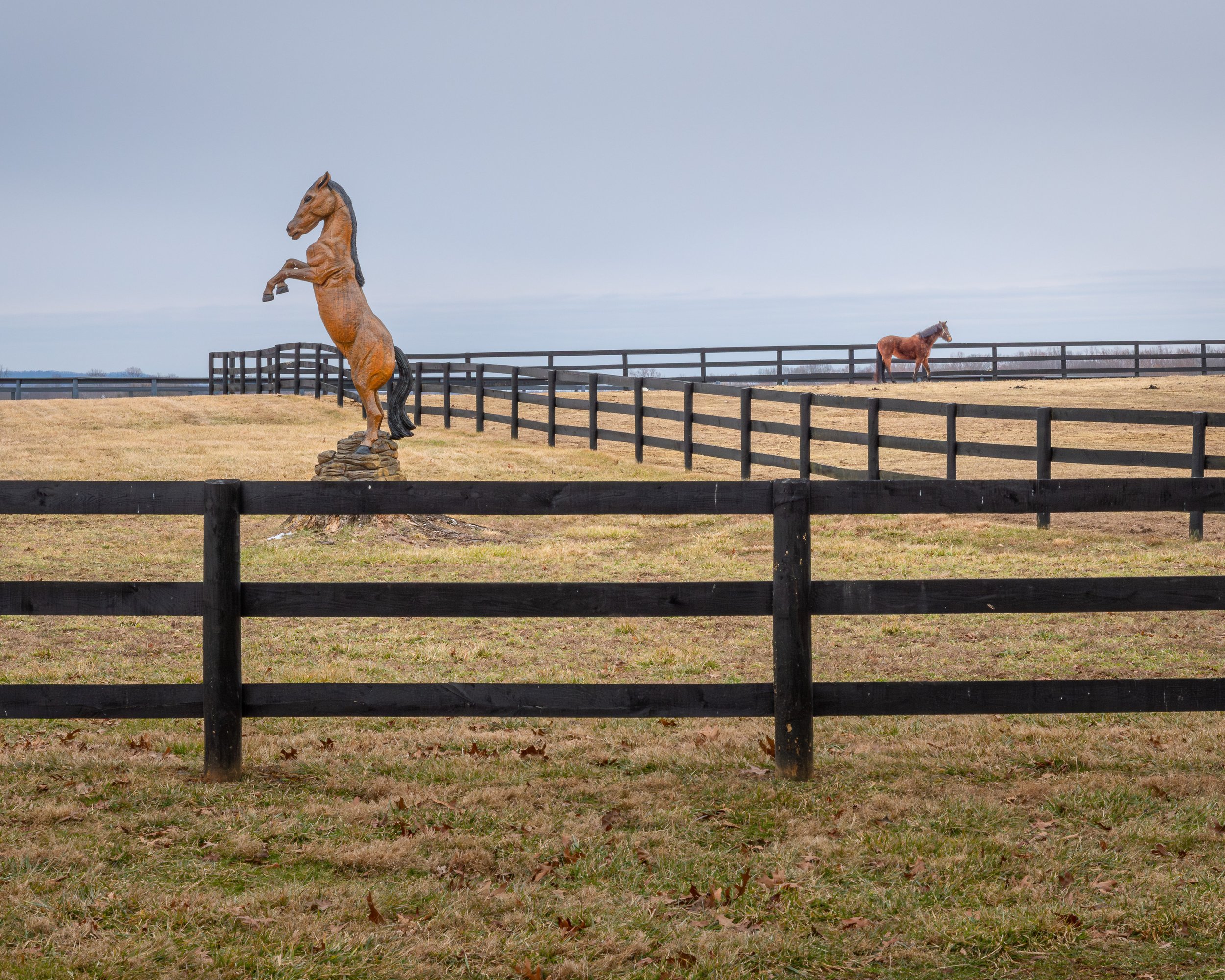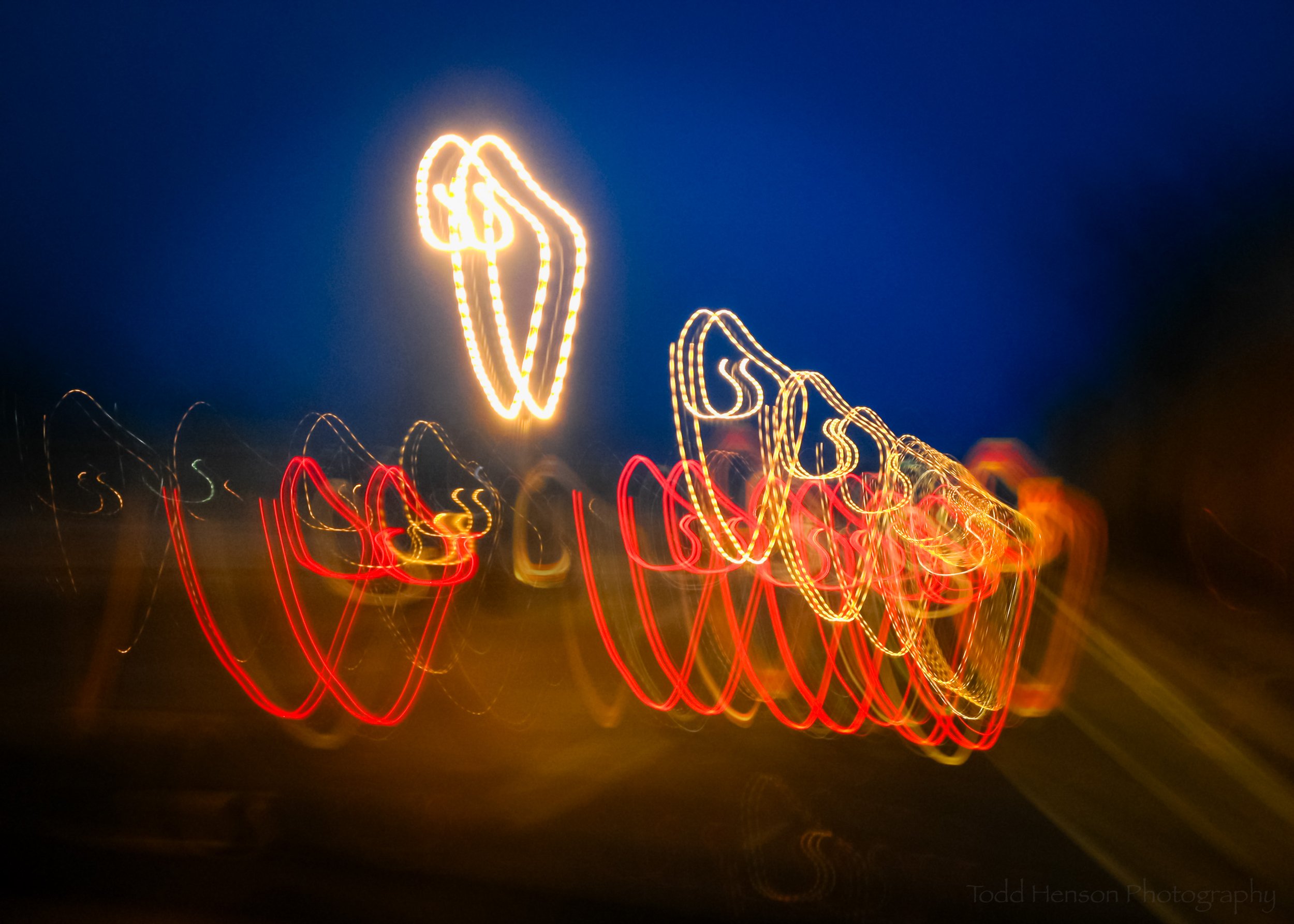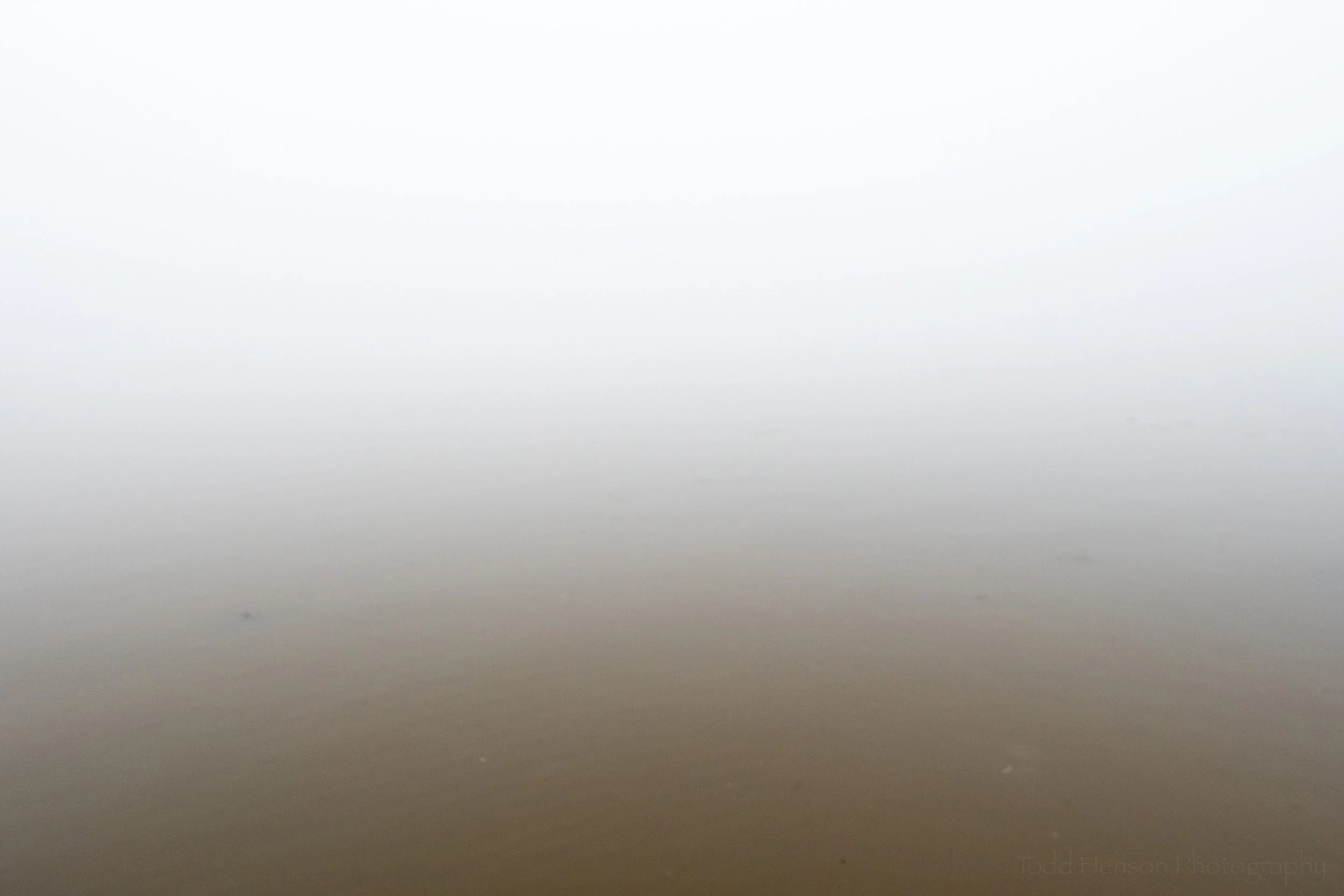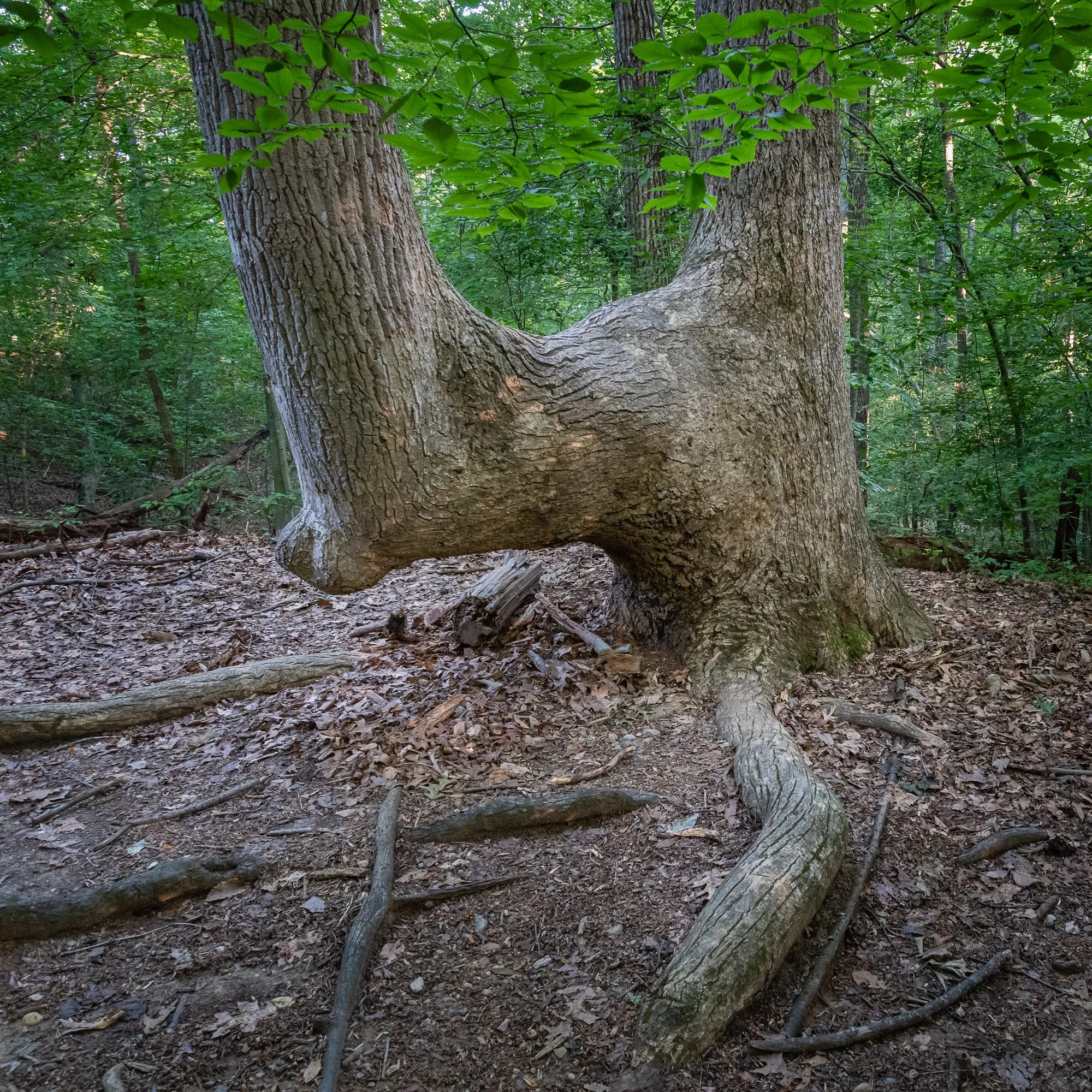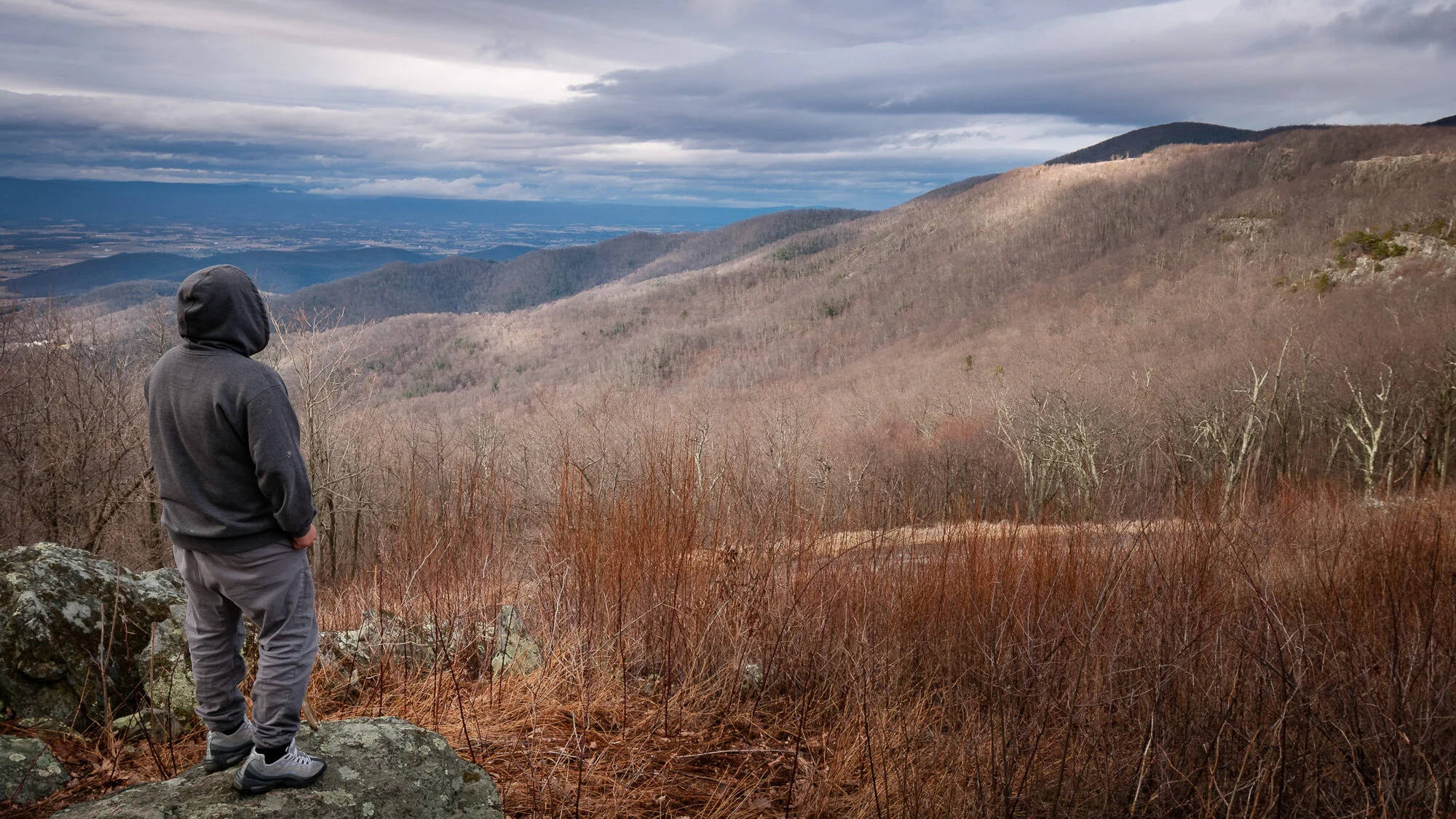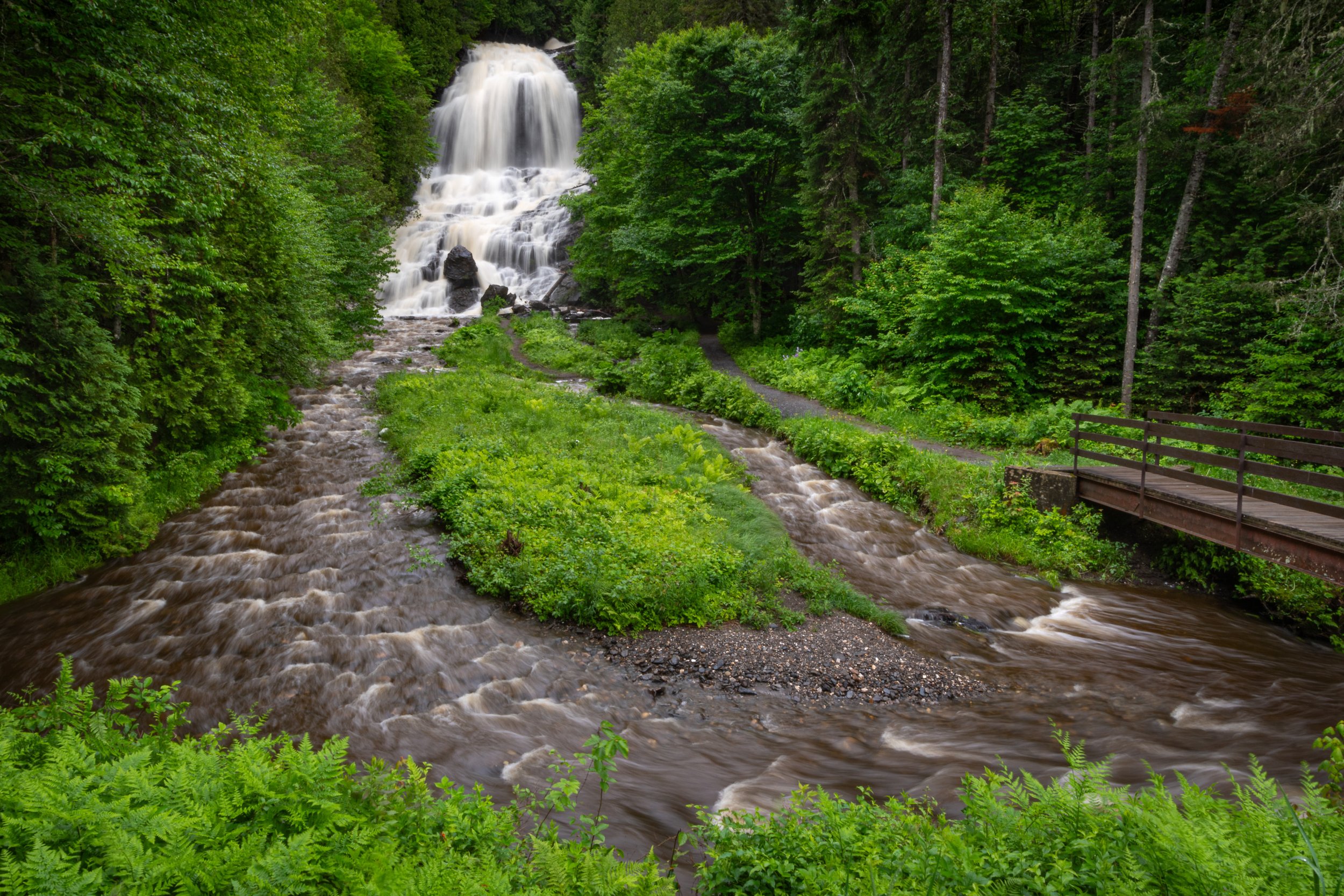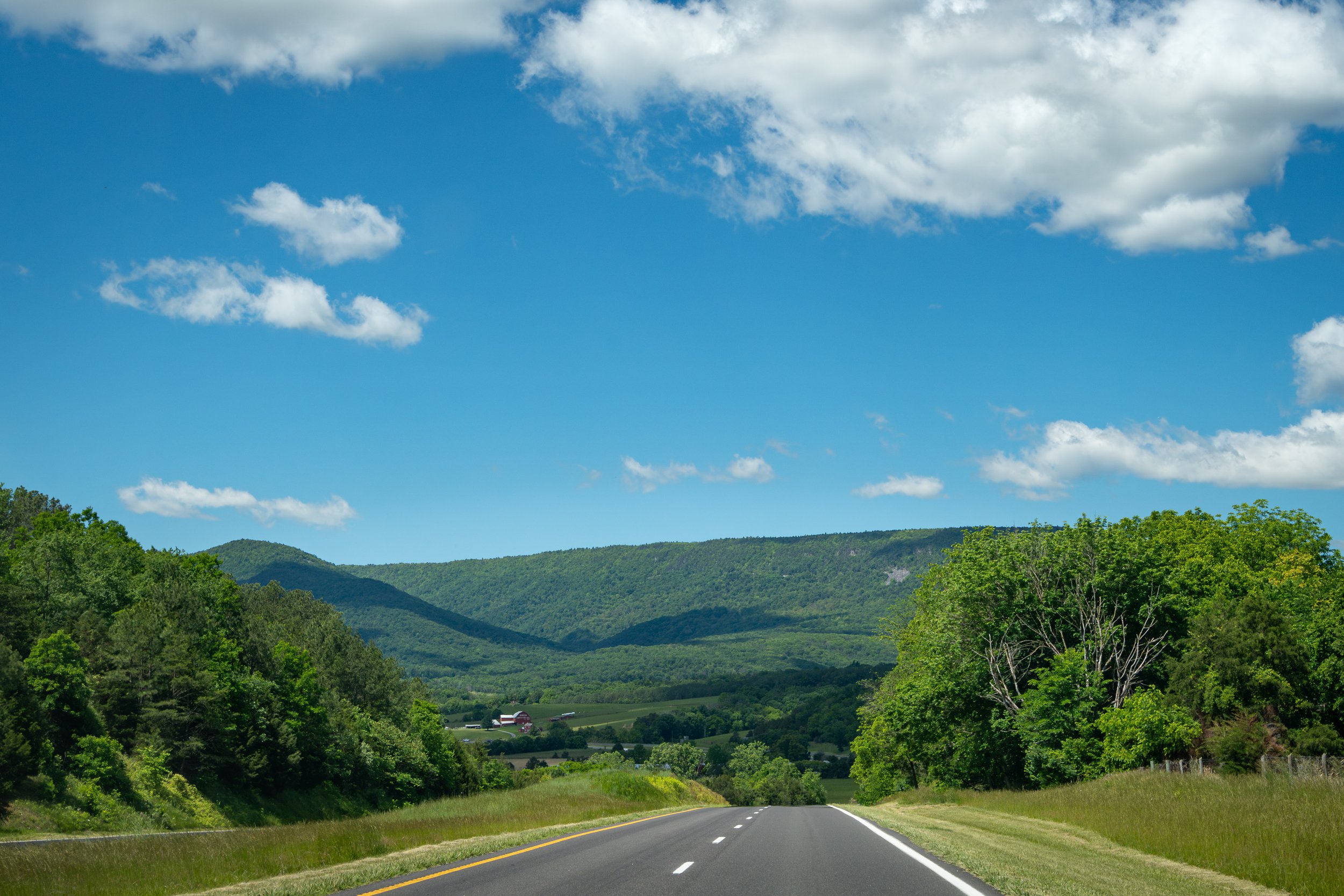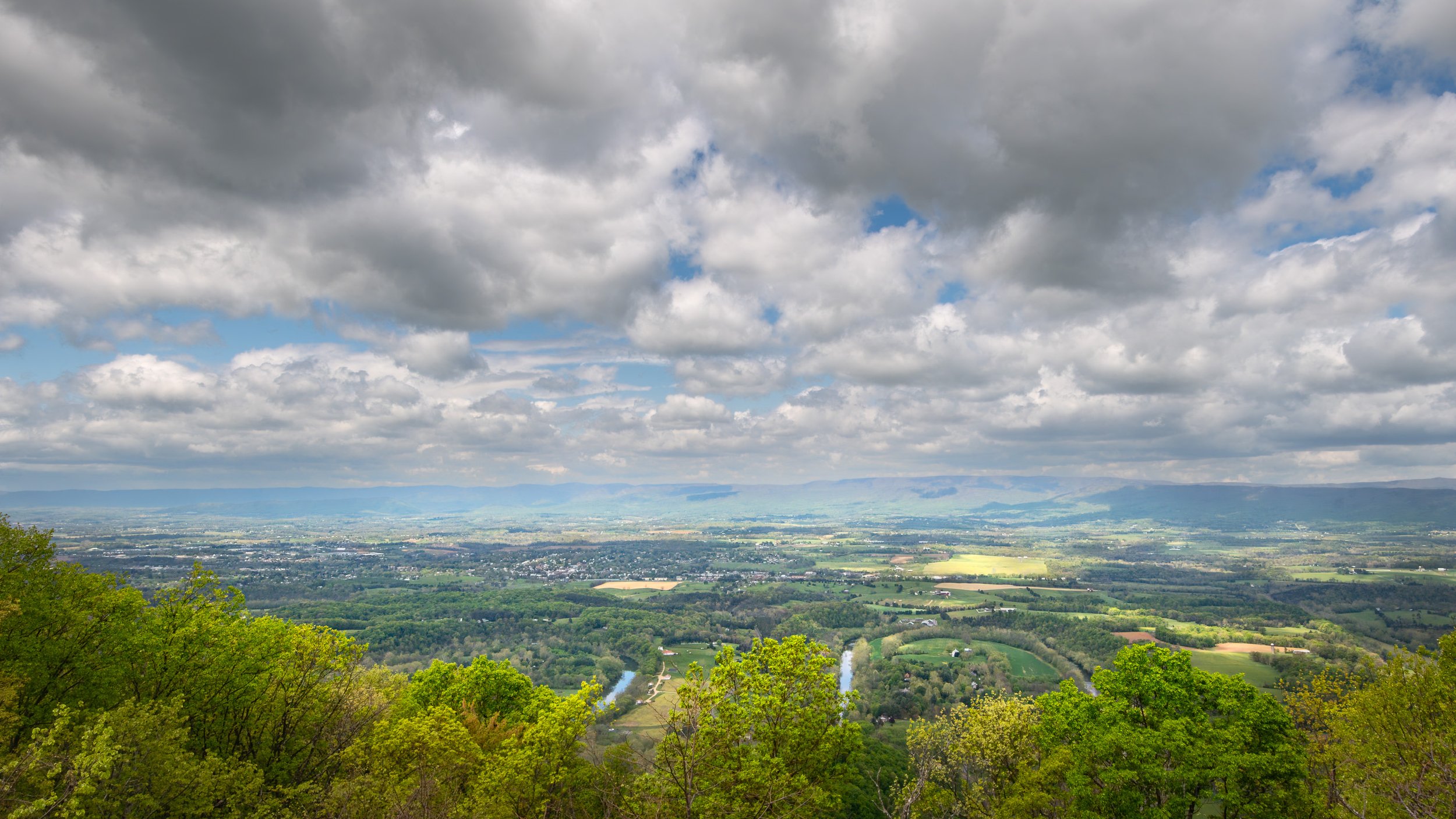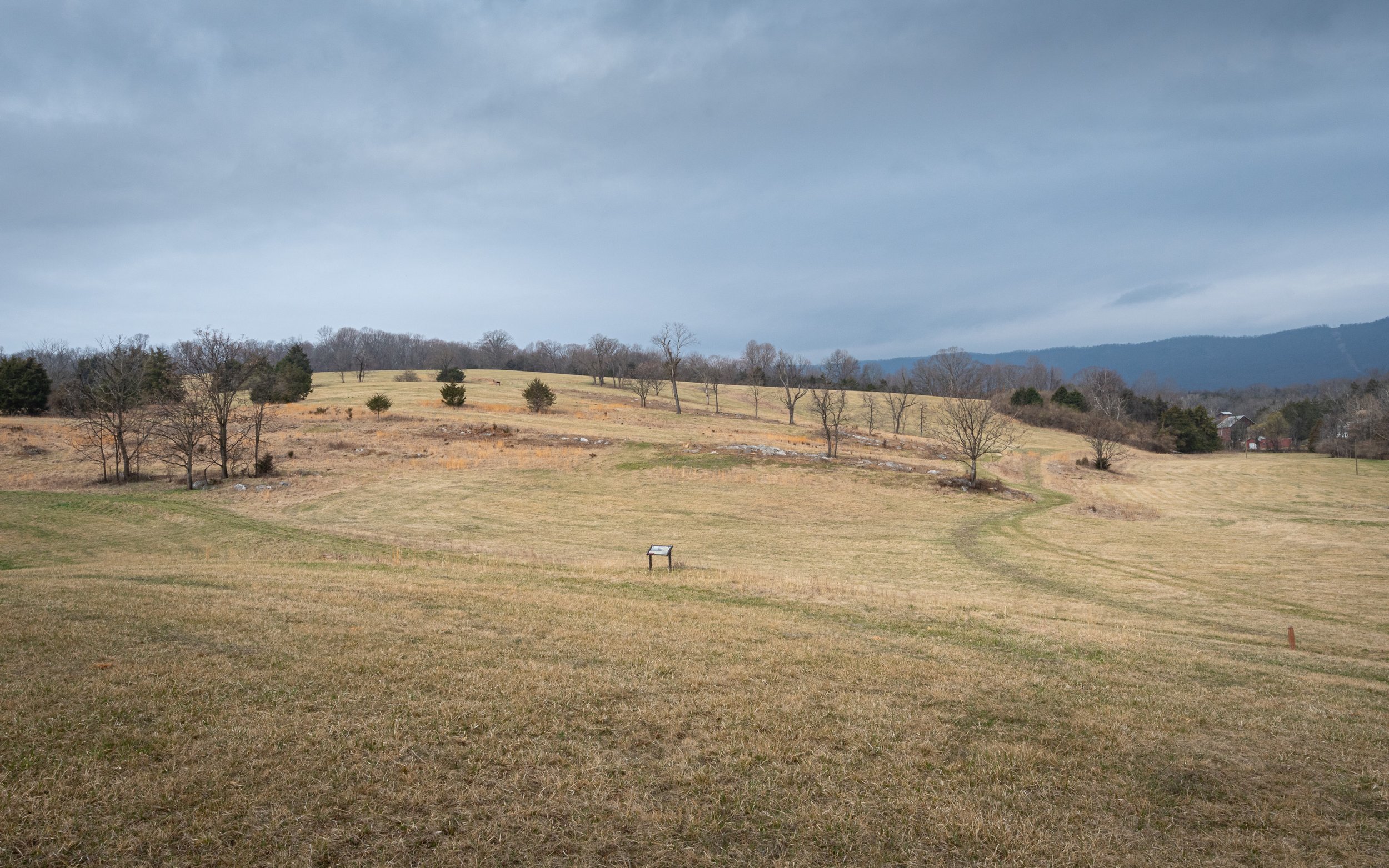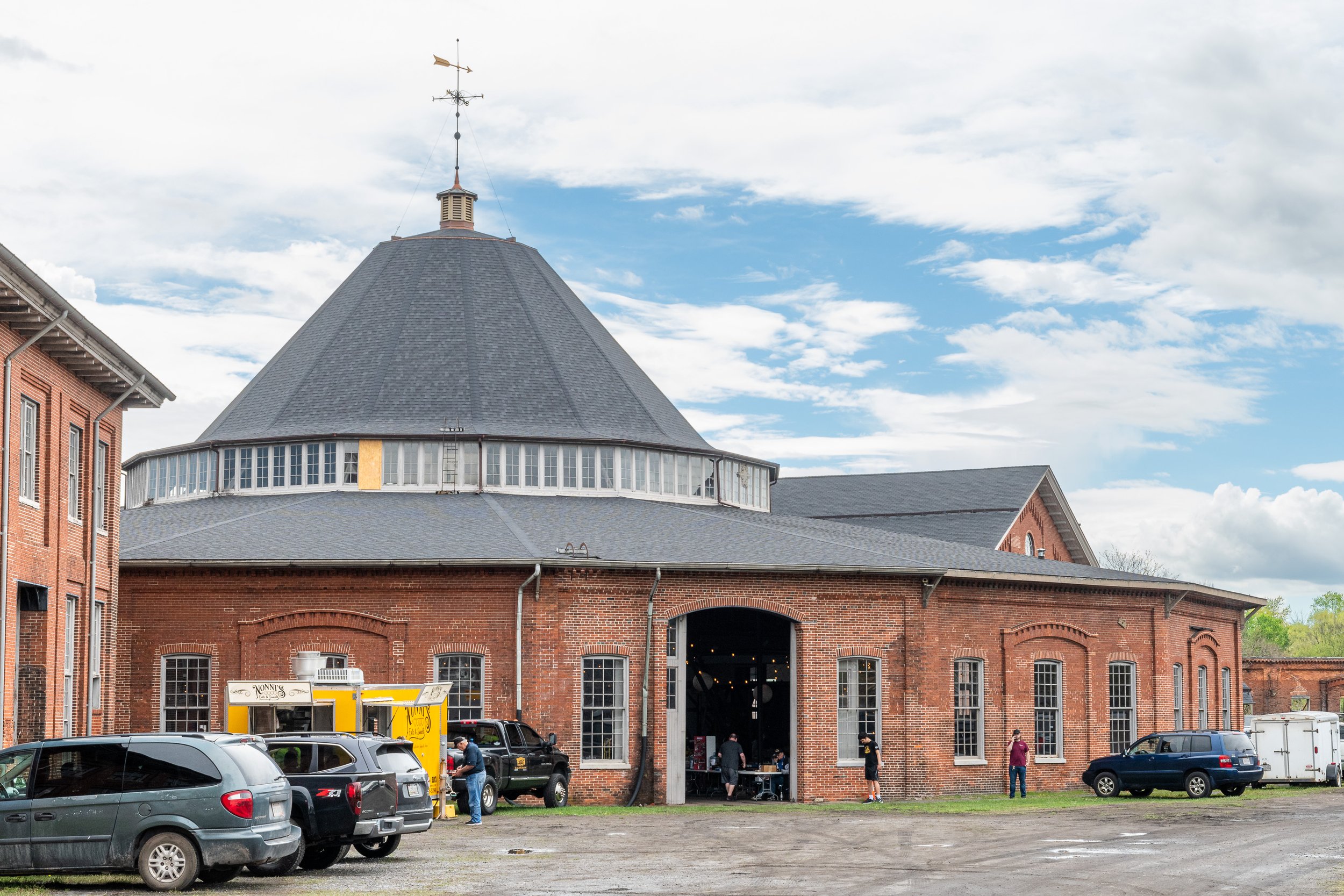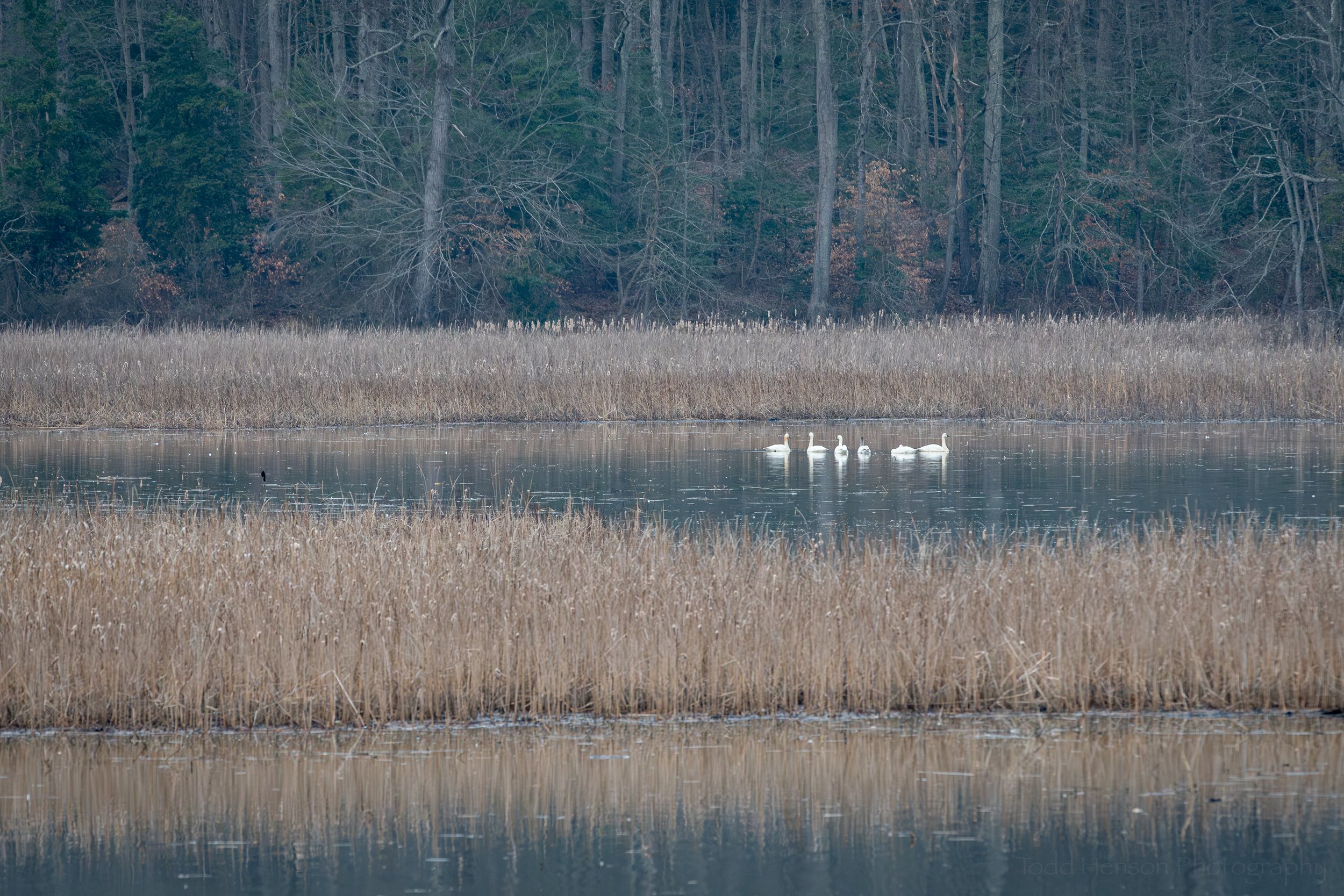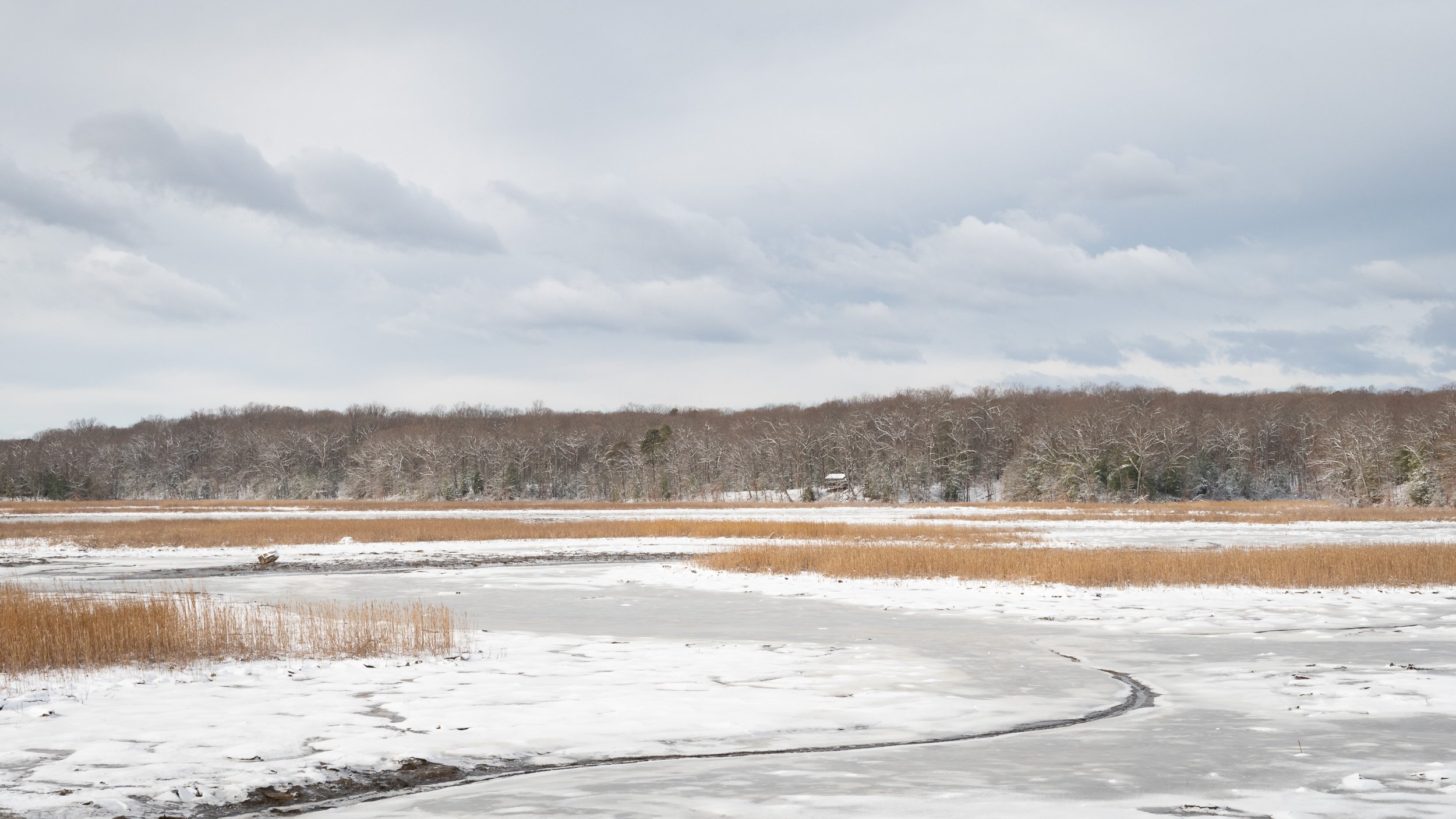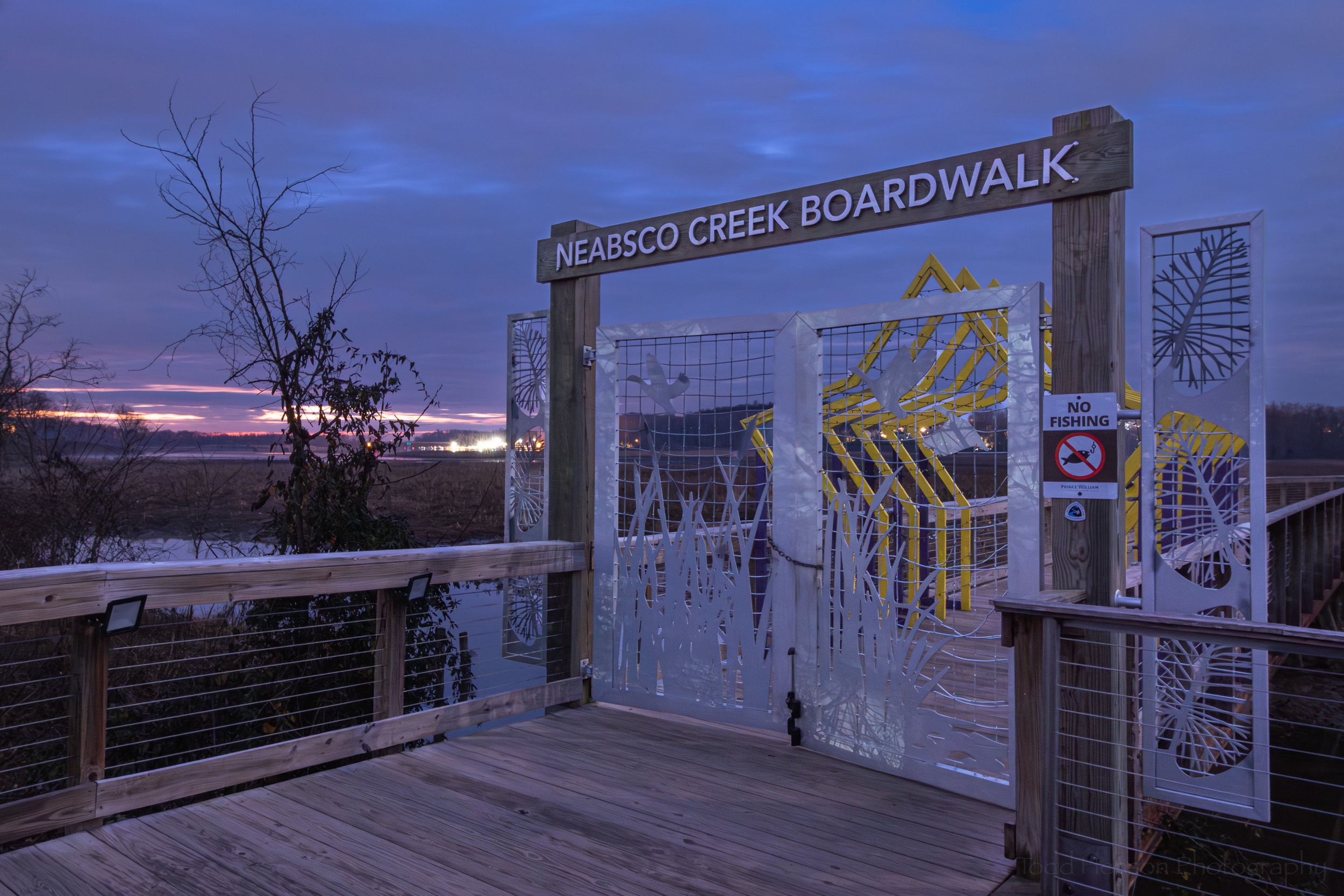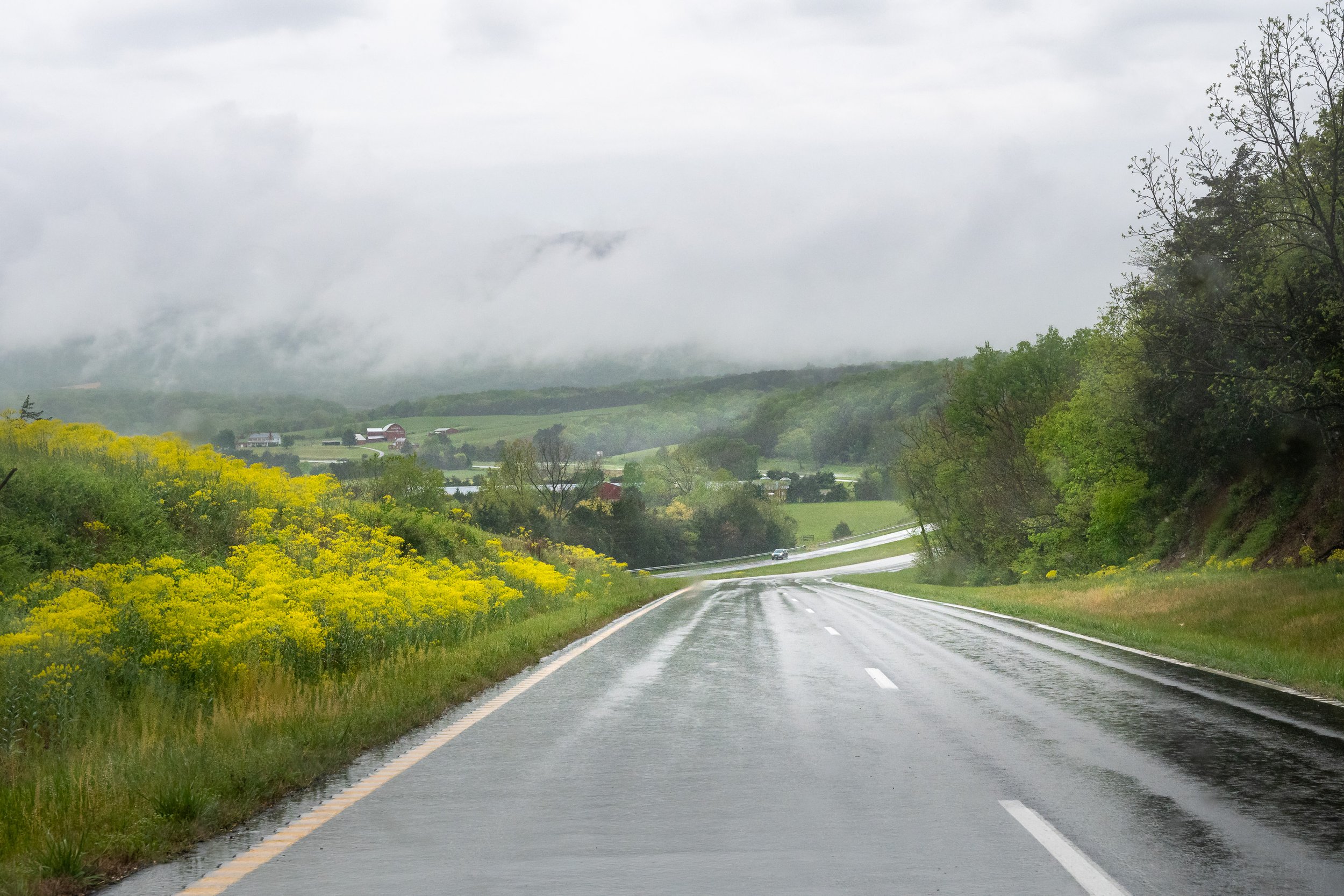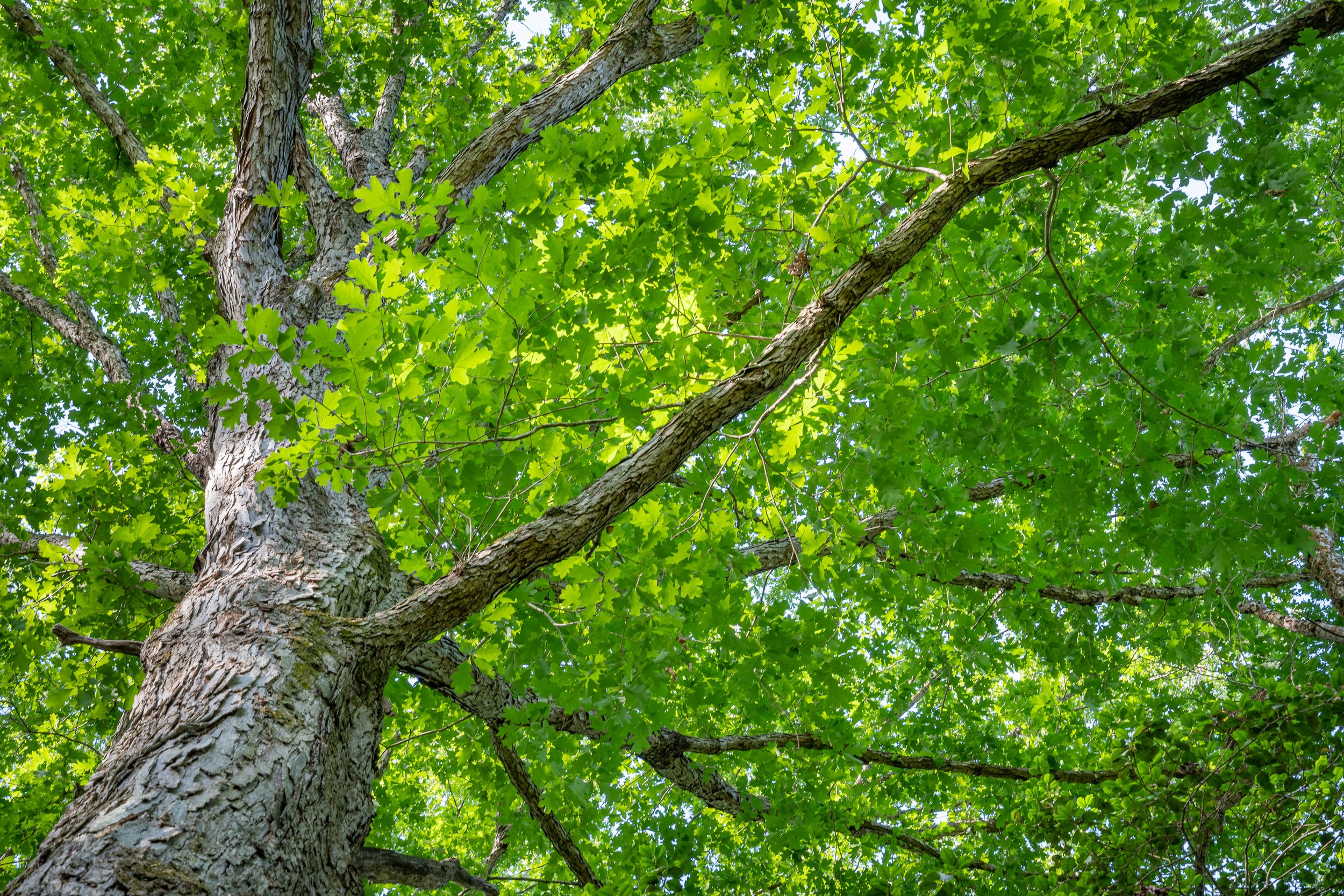On April 2nd while hiking Seven Bends State Park in Virginia my father sighted our first Eastern gartersnake of the year. It was resting just off the trail on some leaves. He said he might not have seen it if we hadn’t been actively looking for Virginia bluebells and that while scanning the edge of the trail he noticed the coiled snake. He called me over and I created a couple photos.
The photo below was the first photo I created, looking down on the snake, trying to get something quickly in case the snake fled. This is nice in that it shows how the snake can blend into the scene. Look closely and you might notice at least a couple boxelder bugs.
First view of an Eastern gartersnake in 2023
Then I got down low to get closer to eye level with the snake. I love the added intimacy of these sorts of views. Getting low and close with a macro lens helps simplify the scene by blurring out the background, really focusing the viewers attention on the snake, and in particular the eye of the snake.
Eye to eye with an Eastern gartersnake
Unfortunately, shortly after I created the photo above the snake slithered away into the leaves. I always hate it when I scare away a subject, but as slow and quiet and respectful as I try to be, it does sometimes happen.
Do you enjoy these posts?
Sign up to receive periodic emails with updates and thoughts. Don’t worry, I won’t spam you. And please consider purchasing artwork or products from my online store, and using my affiliate links in the sidebar to the right when shopping online.
I appreciate your support!
